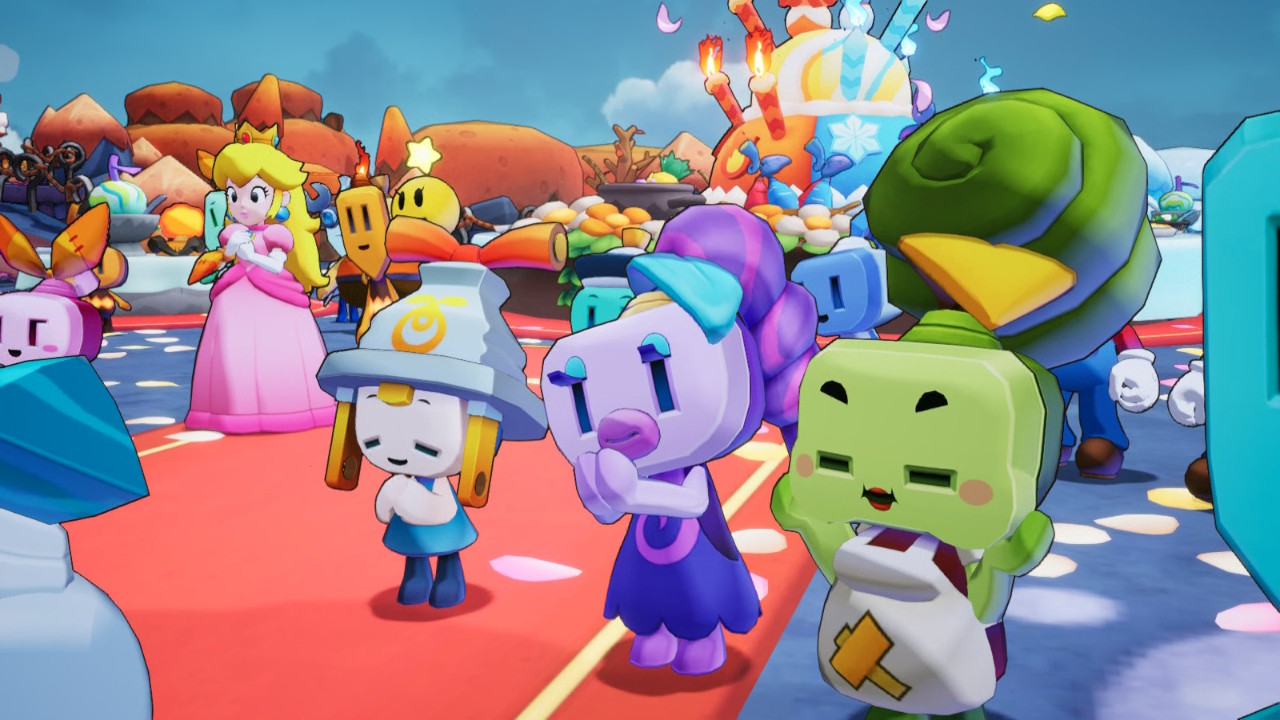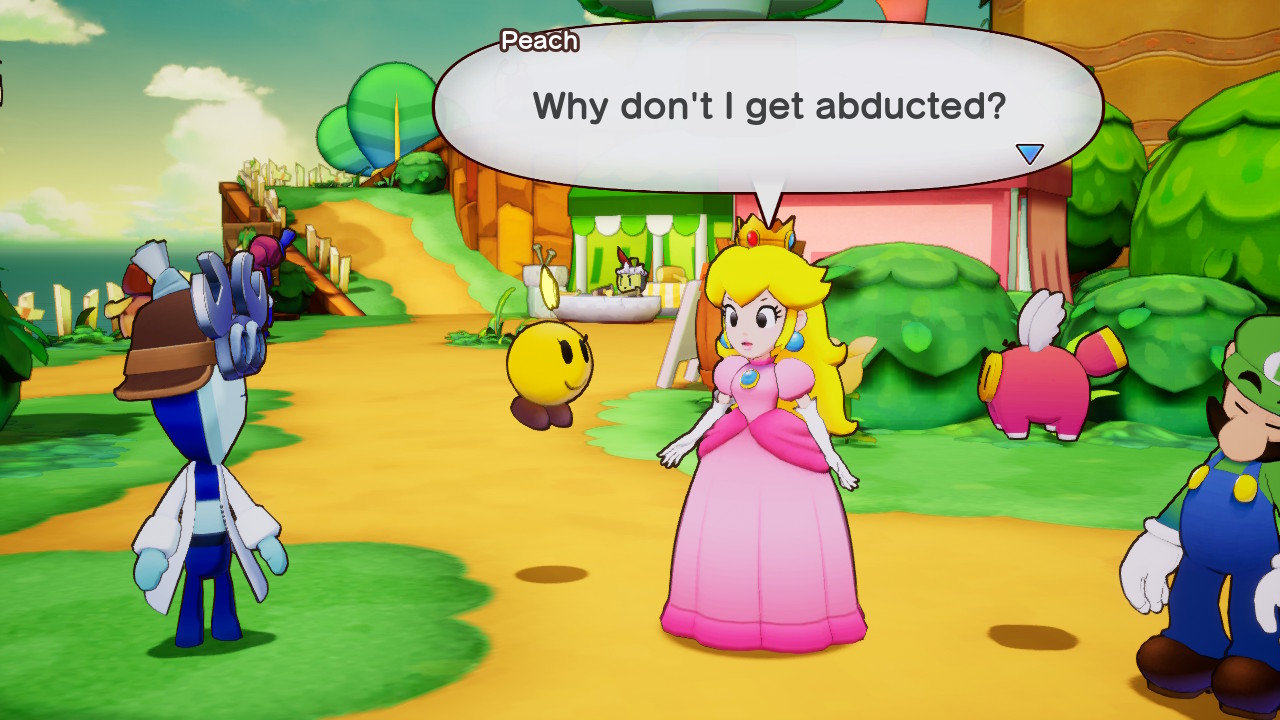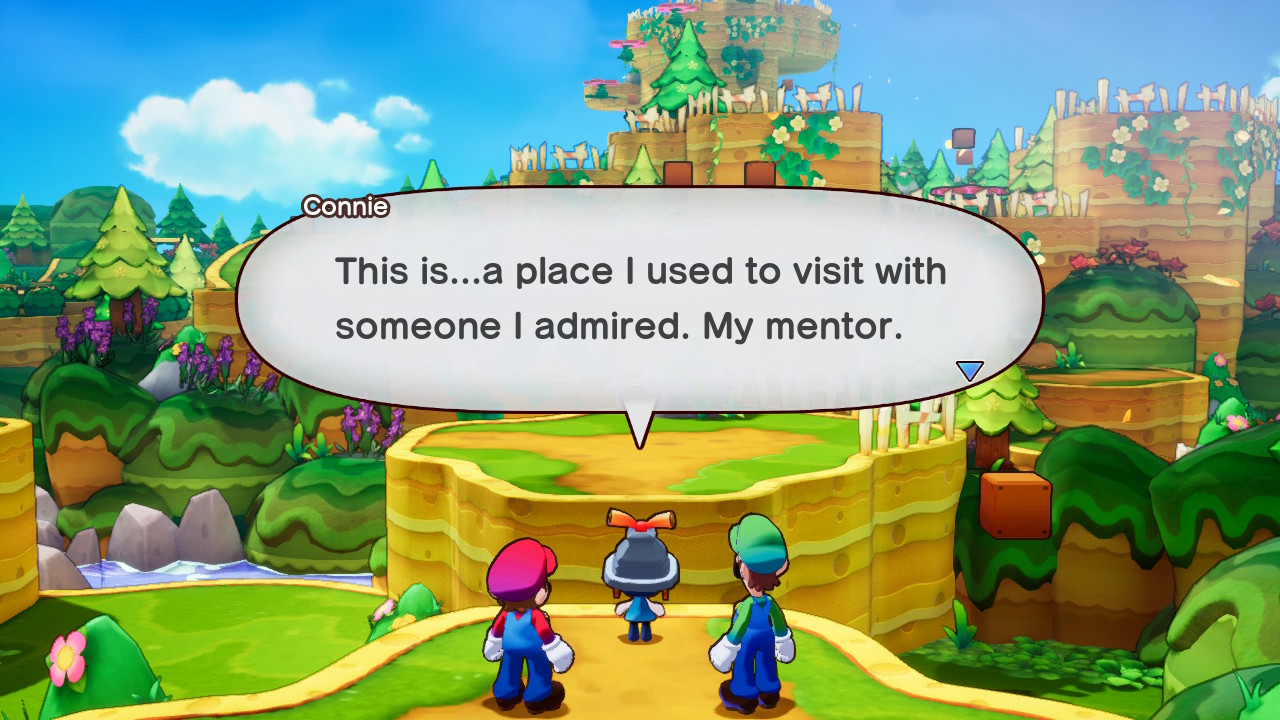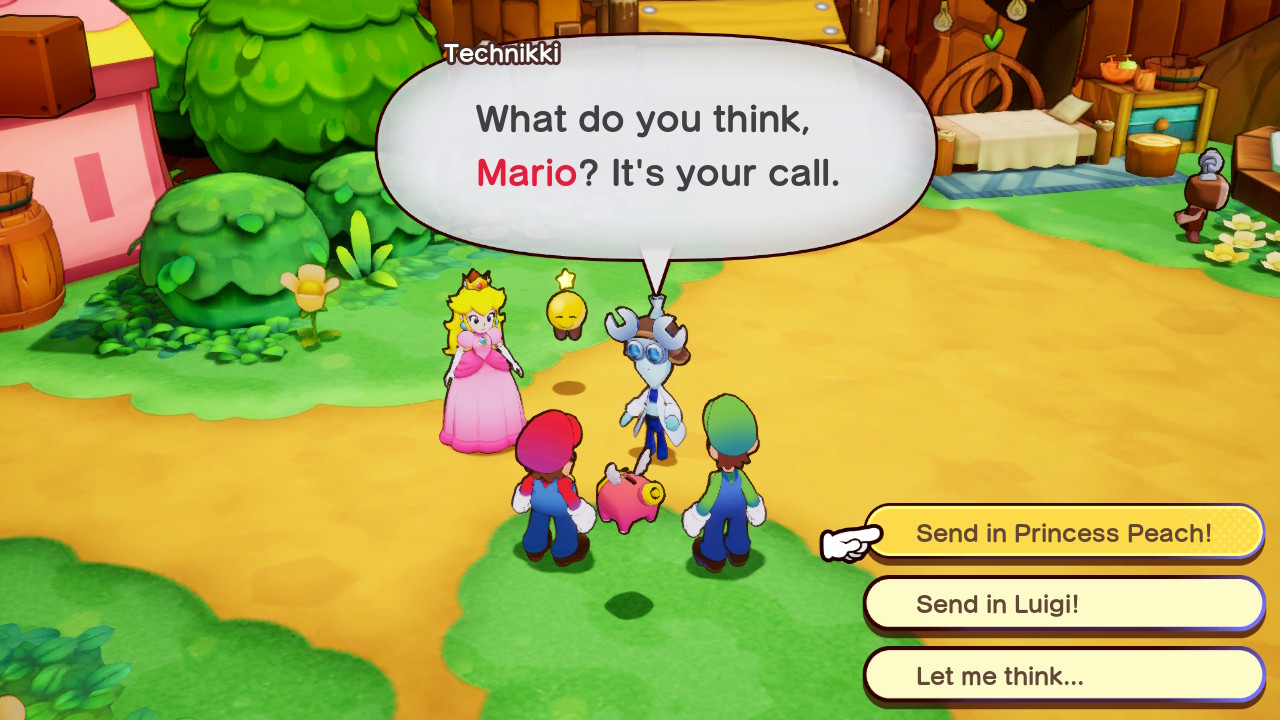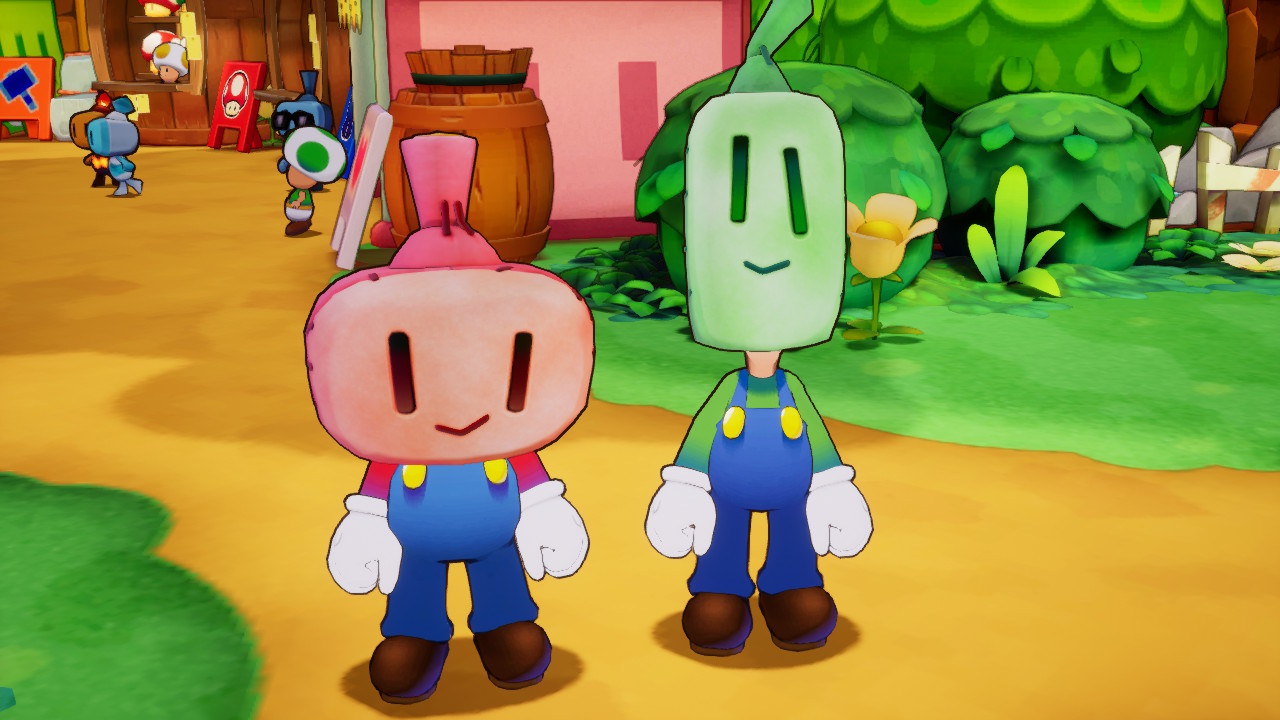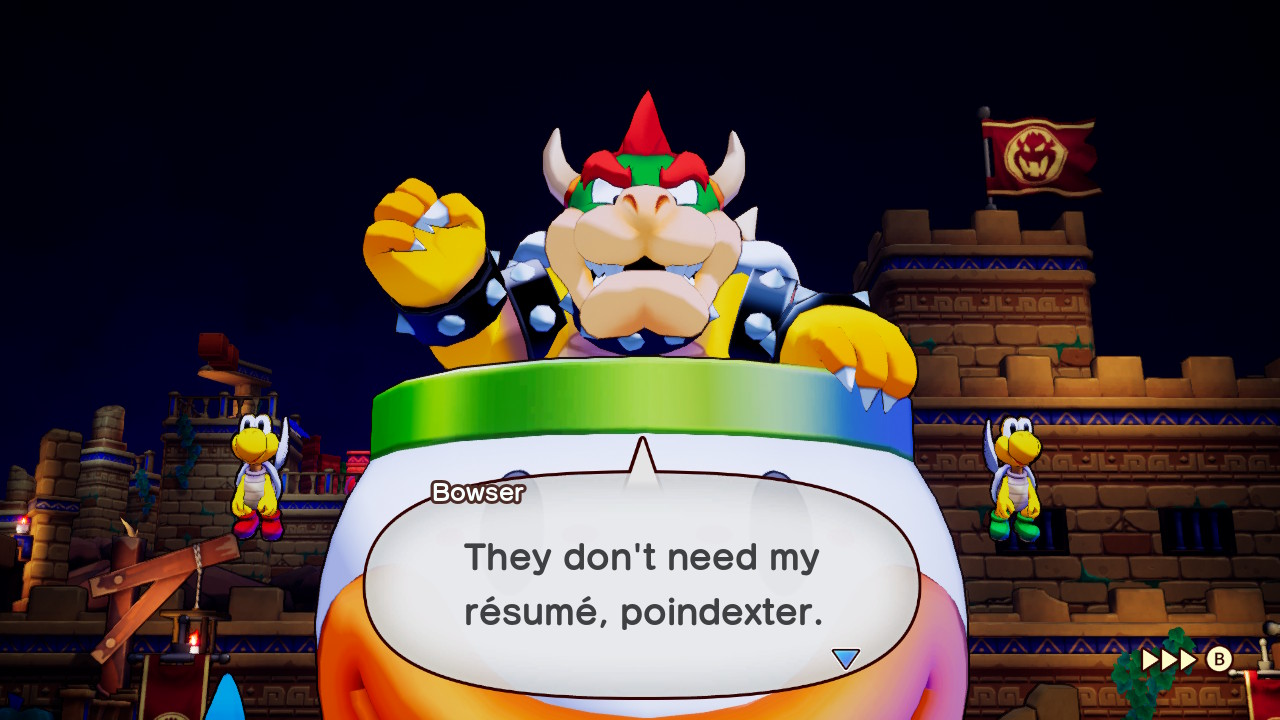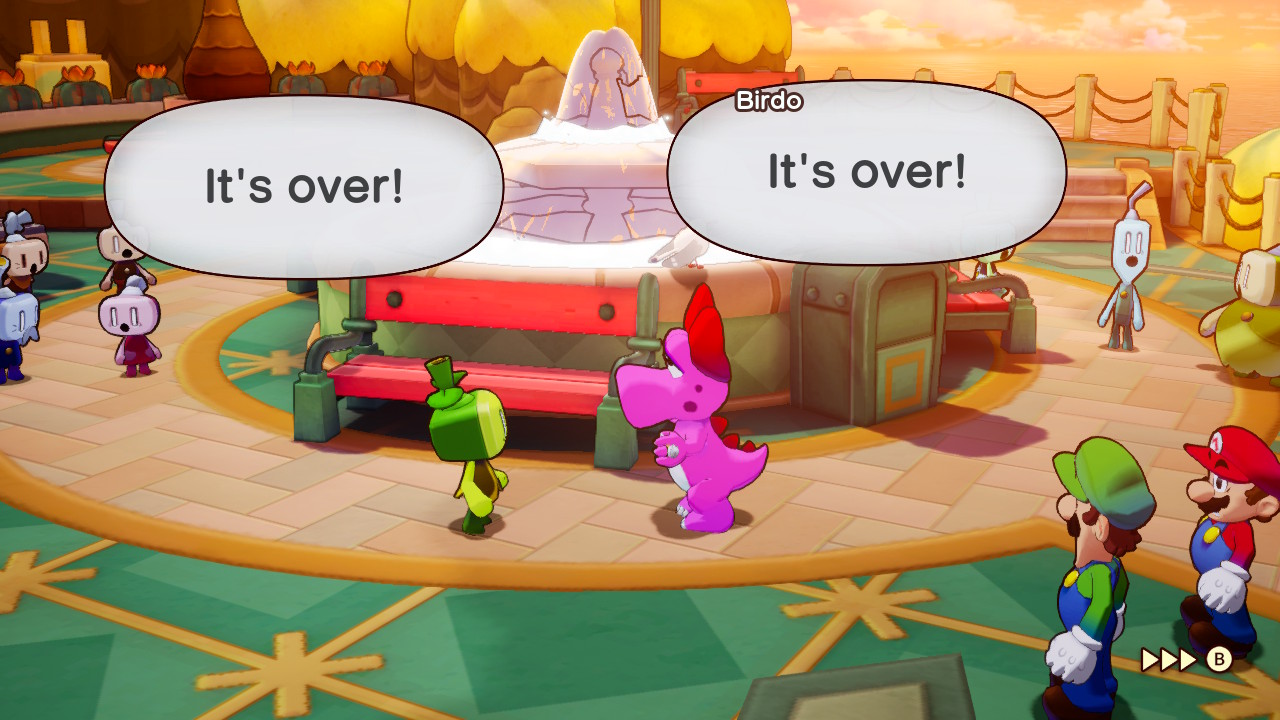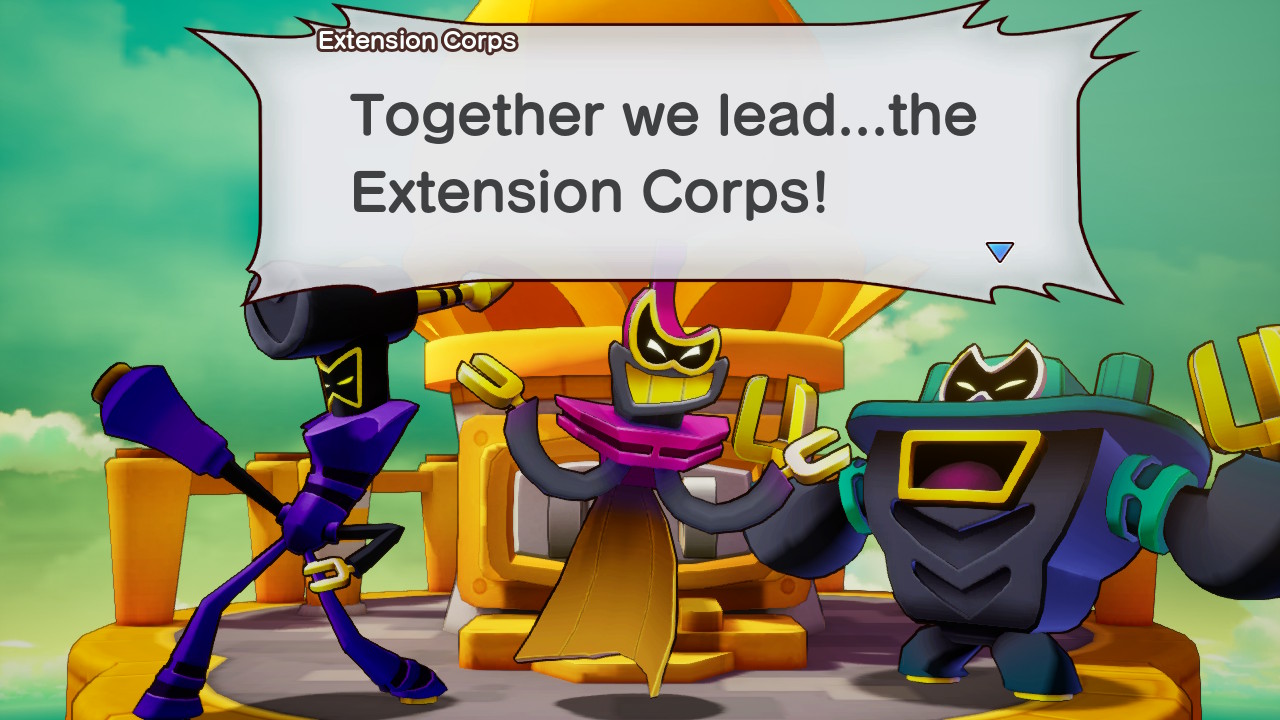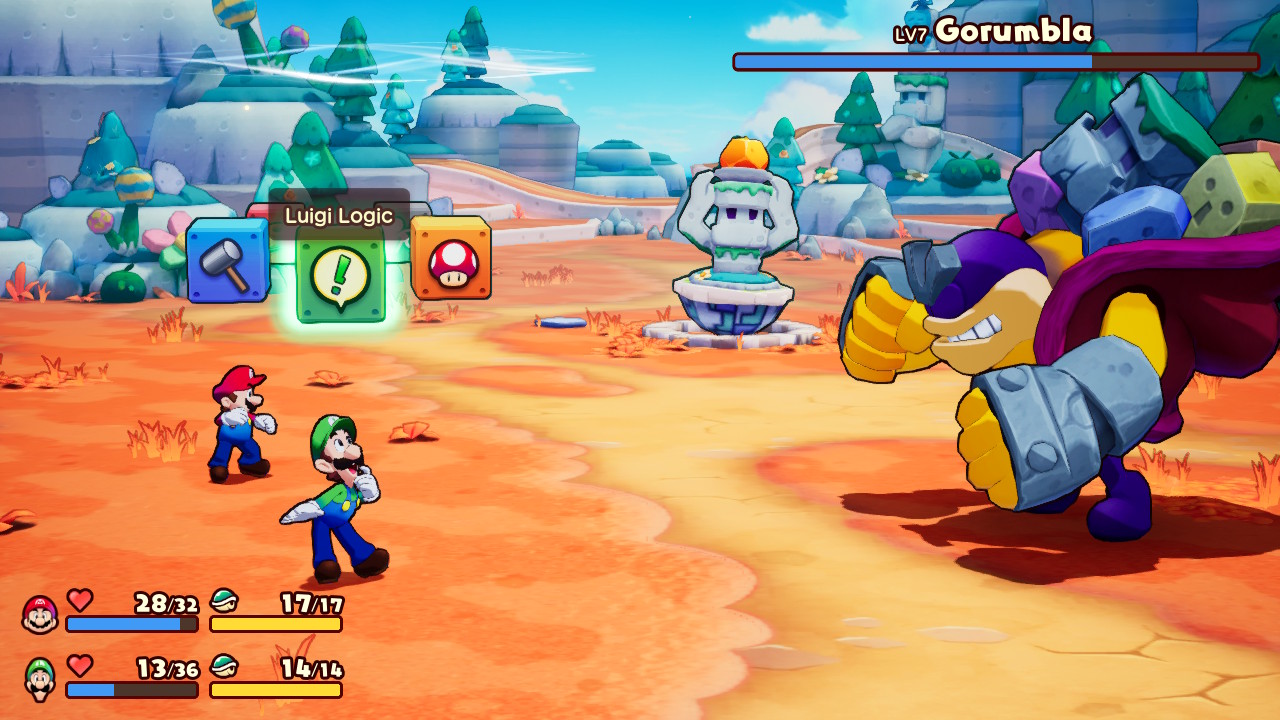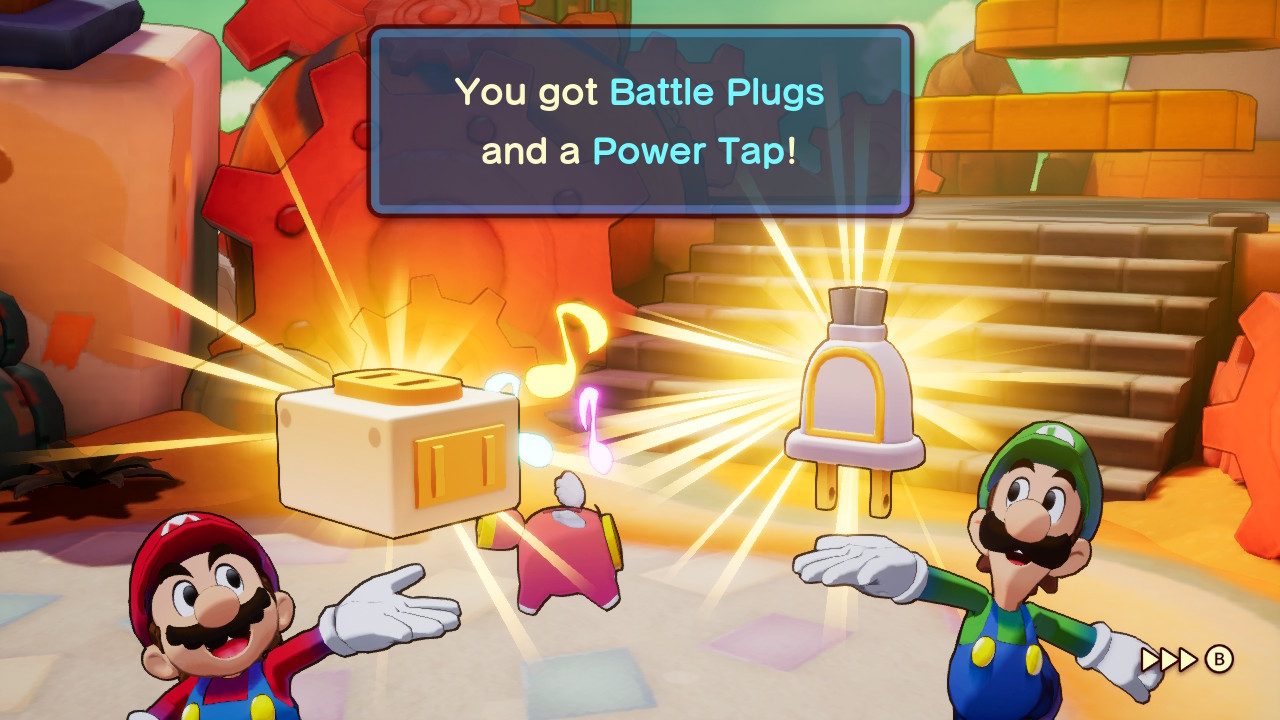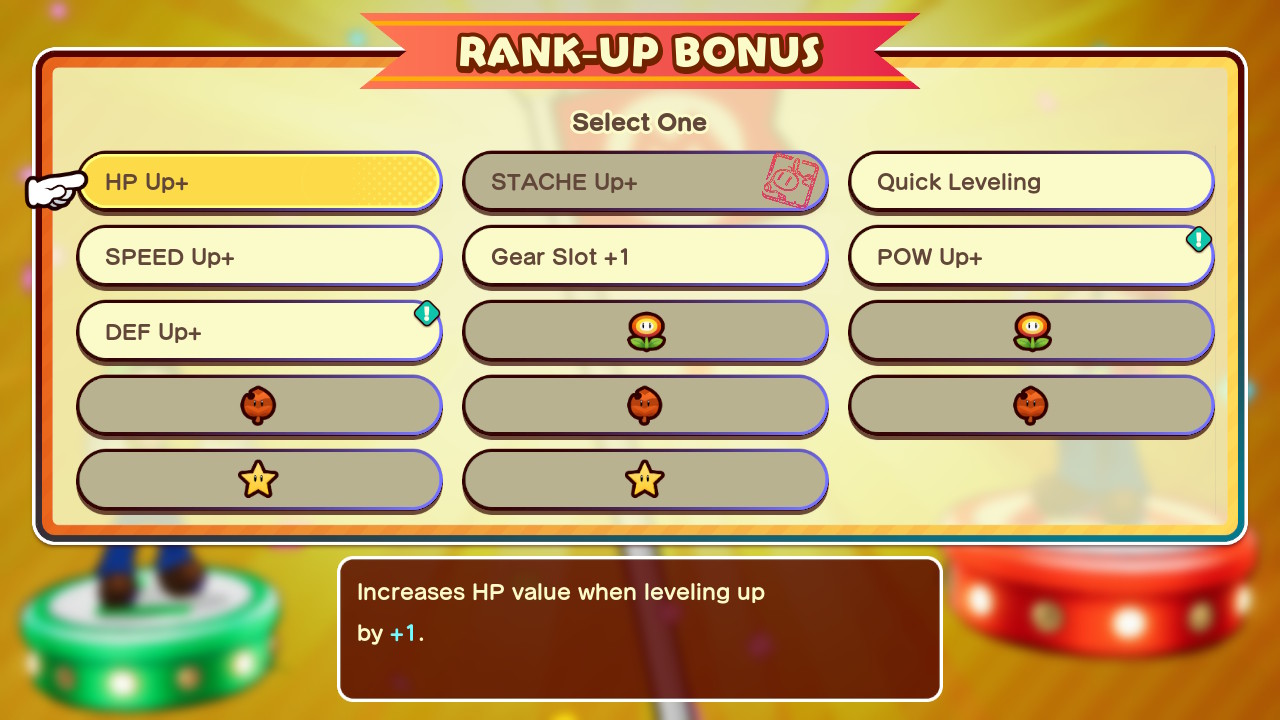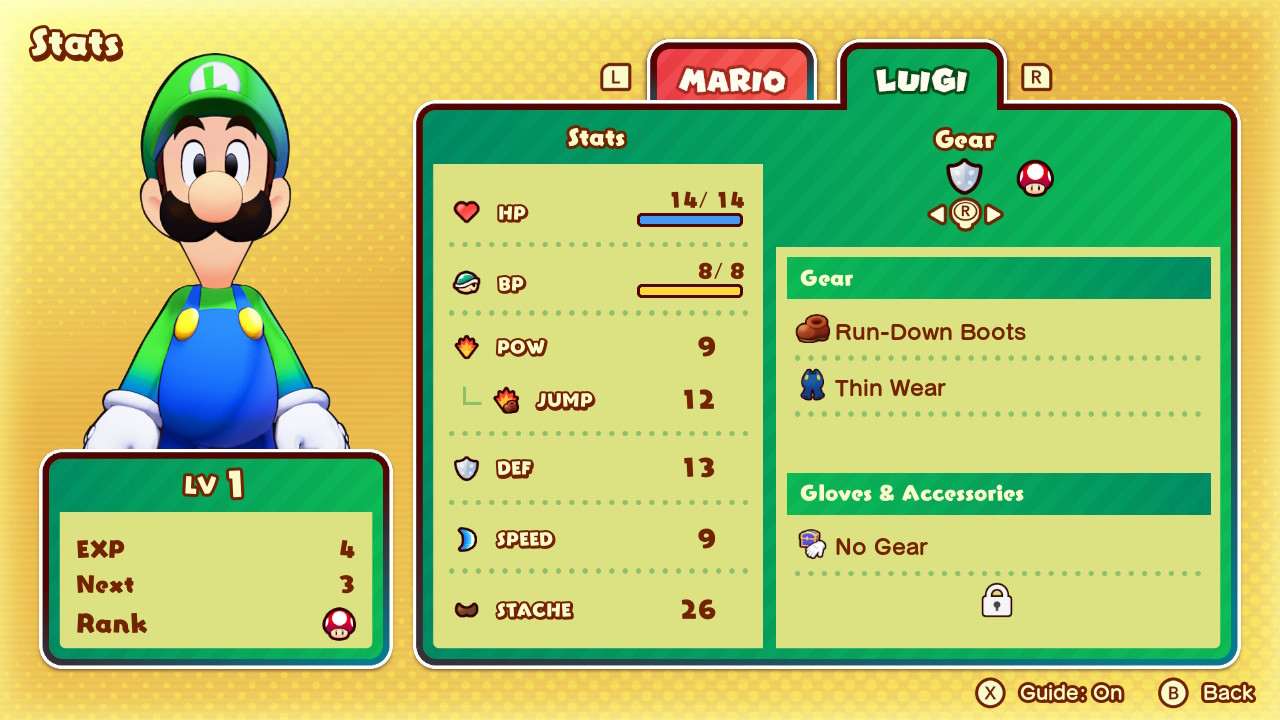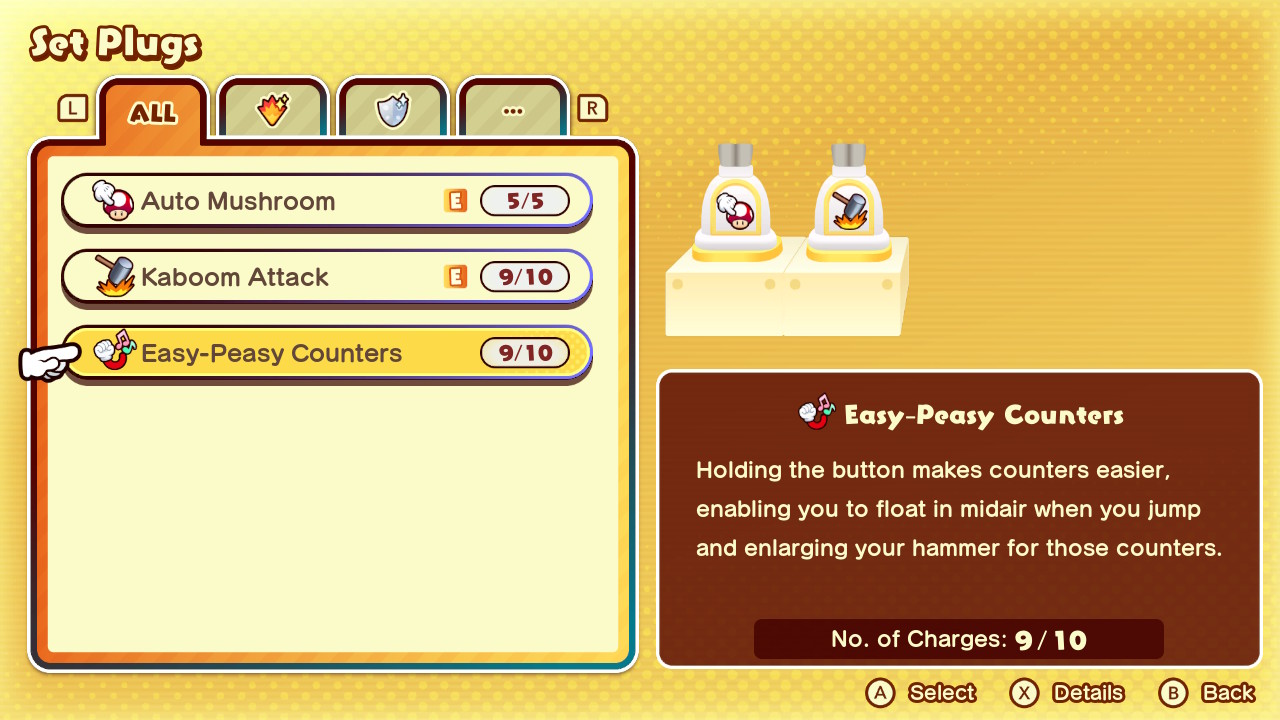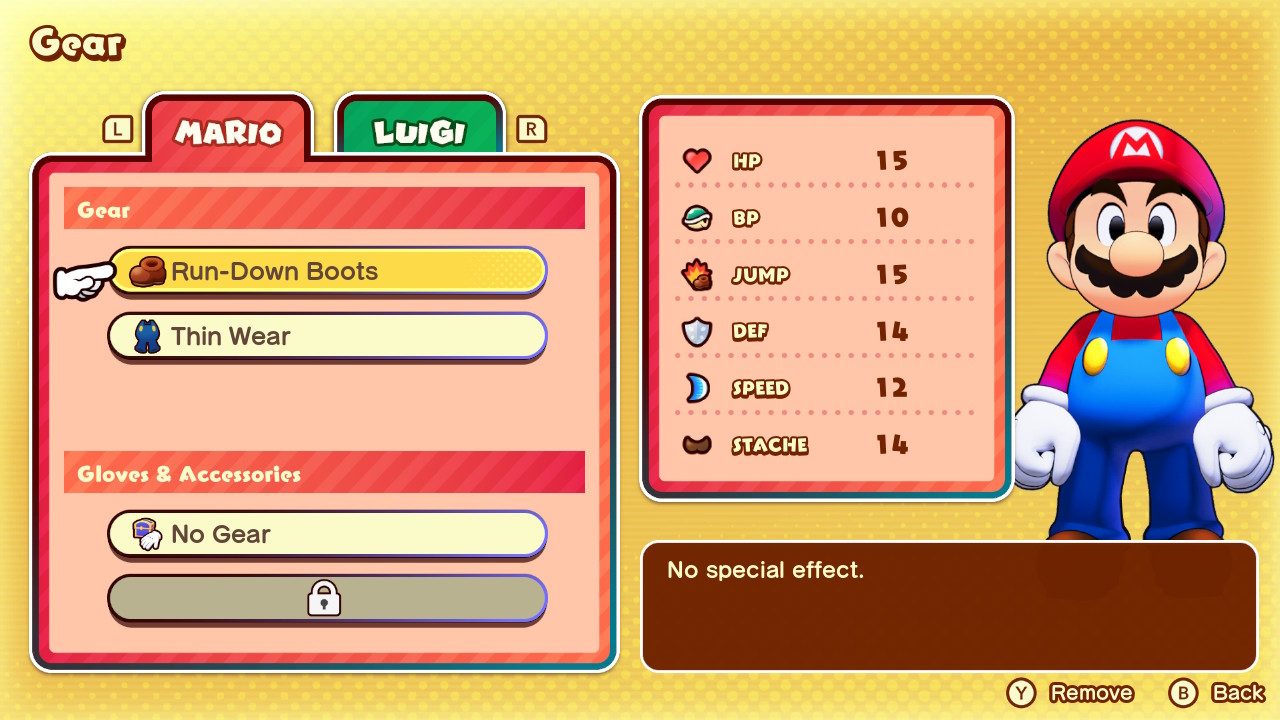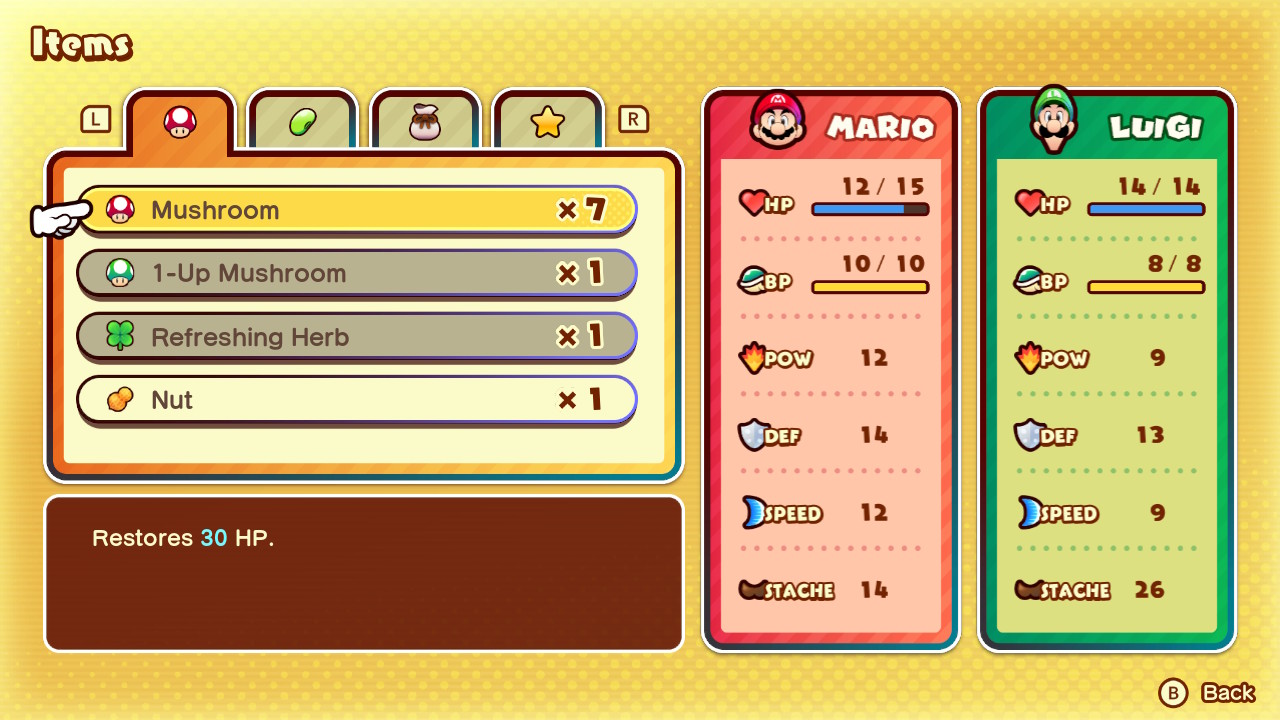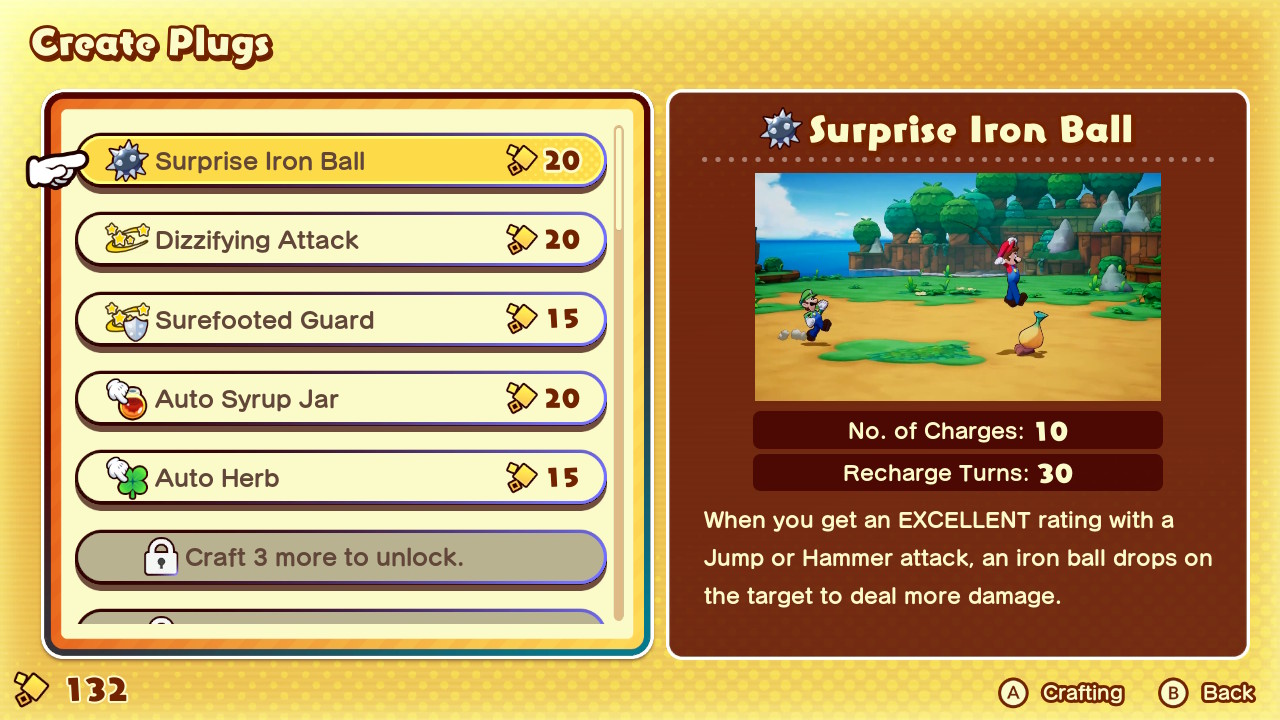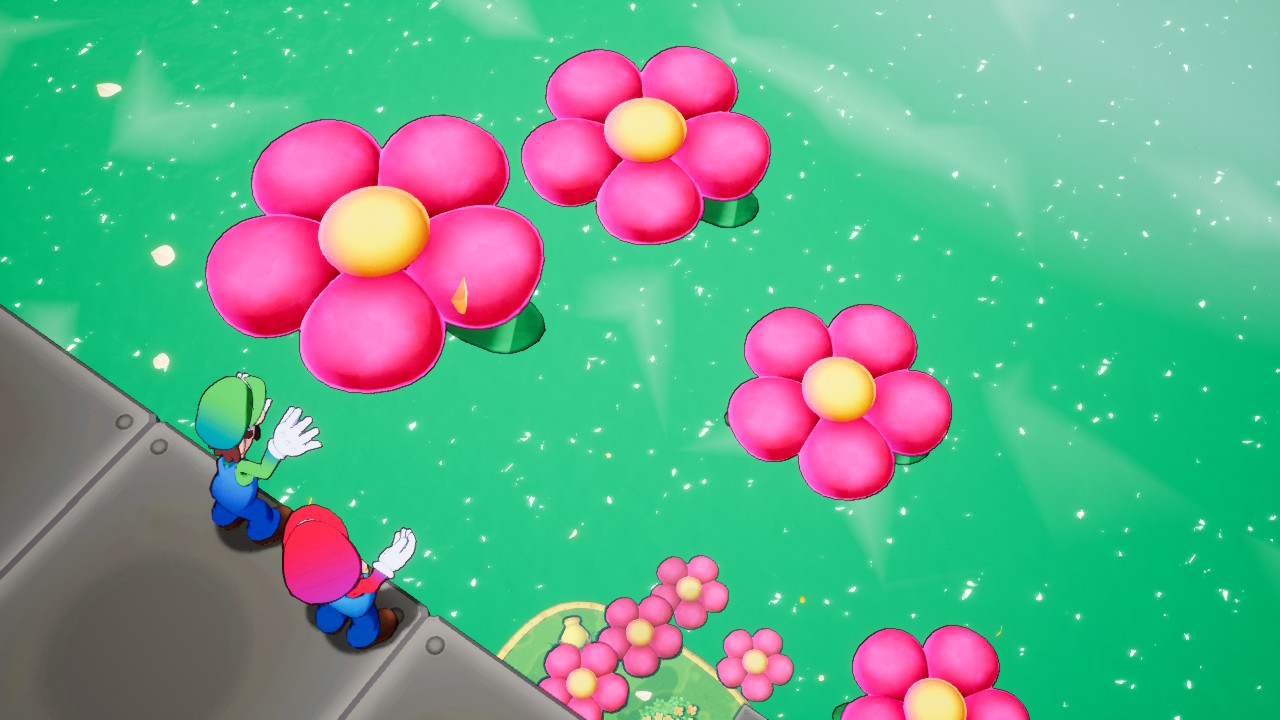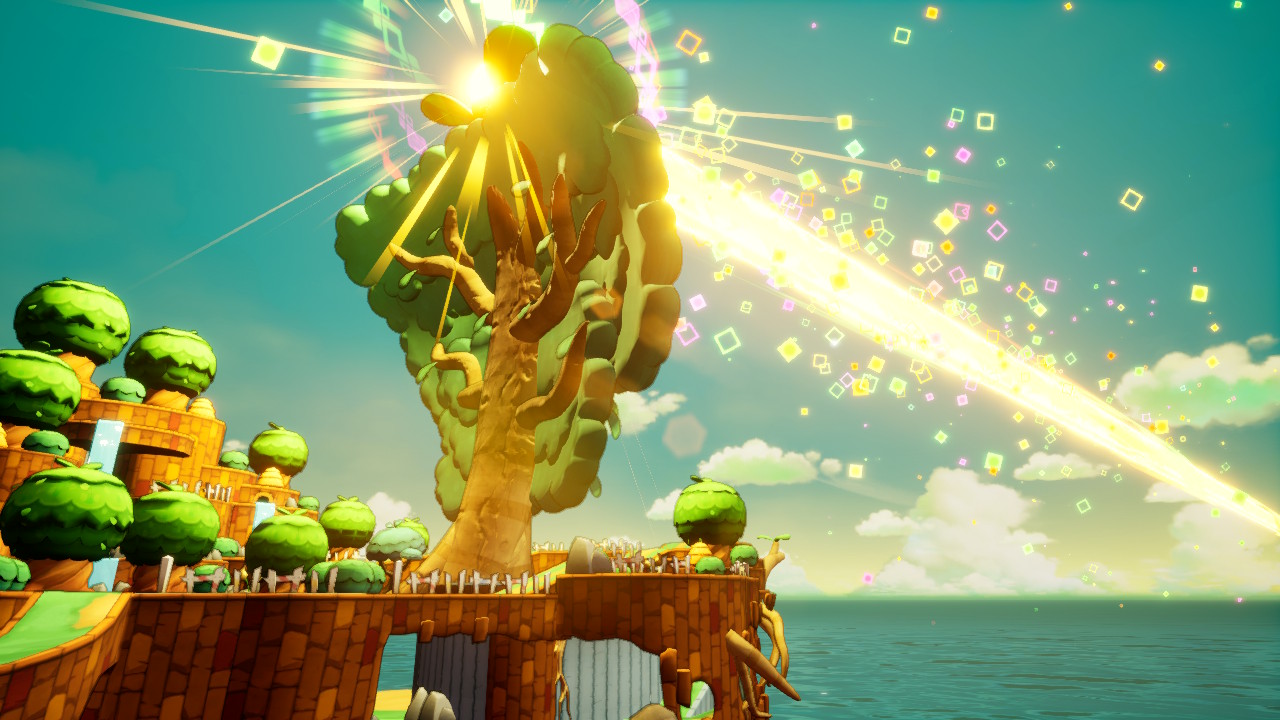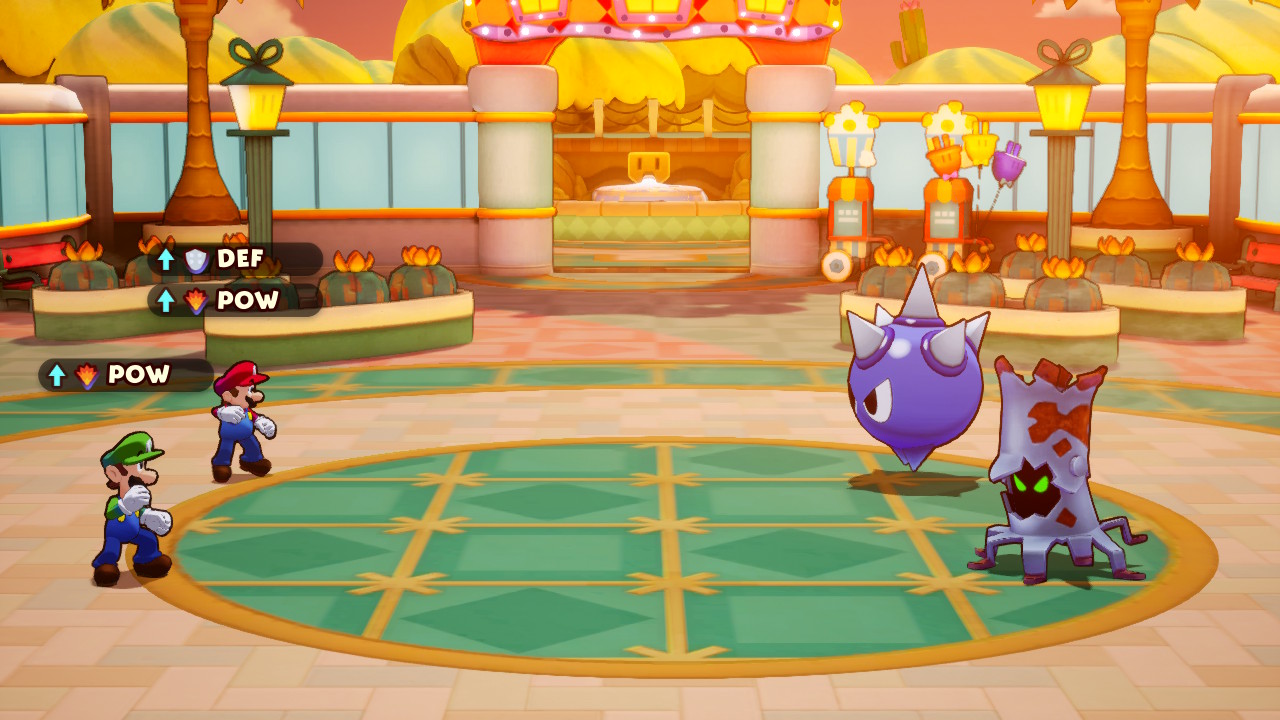Review info
Platform reviewed: Nintendo Switch
Available on: Nintendo Switch
Release date: November 7, 2024
Mario & Luigi: Brothership is an excellent return to Nintendo’s otherwise languishing role-playing game (RPG) spin-off series, packed chock-full of charm, wit, and whimsy, plus pleasingly detailed combat mechanics that will deliver hours of fun.
In their latest gander, the mustachio’d brothers are whisked away to the land of Concordia and on a quest to reunite its fragmented lands following the destruction of the Unitree that once connected them. It’s a tale with a strong narrative theme; that the bonds between friends, family, and even foes have innate power. In classic Nintendo style, every possible aspect of the game centers itself around its morals to charming effect.
To go with its delightful tone is a robust combat system, largely following suit of its series predecessors but with the added flair of Luigi Logic, new Bros Attacks, and a power-up system called Plugs. It’s silly and fun, offering a moderate challenge as you time your attacks and counters between the two brothers. However, later in the game, the sheer number of enemies can become a bit repetitive, and you’ll likely end up skipping your fair share of battles. Overall, though, it’s very rewarding, and there’s a great variety of enemies and interesting bosses to tackle, making it a standout Nintendo Switch game of 2024.
However, like other recent releases such as The Legend of Zelda: Echoes of Wisdom, Brothership also suffers from occasional performance issues. These are particularly prevalent when there are several enemies on screen or heavy particle effects, affecting even the island navigation map later in the game when more areas are unlocked.
It’s an unfortunate issue, as the game is so beautifully visualized that you want to lavish on every detail. The new 3D sprites for its cast of characters are a welcome visual upgrade, adding new depth of emotion and gesture both in and out of combat. Its lush and well-detailed overworld offers a reasonable amount of exploration, though some of the earlier levels feel underdeveloped when you revisit them towards the end of the game.
While it’s not exactly a contender for game of the year, I thoroughly enjoyed my time with Brothership. The game is great fun, but it’s also warm and inviting, blending some of the franchise’s most beloved Mushroom Kingdom friends and foes with charming new Concordian companions to create a rich world filled with love and connection. There’s a real resonance in how Mario & Luigi: Brothership delivers its moral lesson, but entwined with bonny Nintendo flair and slapstick nonsense that makes the game feel truly special.
You can make me whole again
Once transported to Concordia, Mario and Luigi and their new guides Connie and Snoutlet sail the open seas in search of fragmented islands from the former continent of Concordia with a mission to reconnect them to the new Unitree. Each island bears a distinctive theme; from the dance and rhythm-crazed populace of Twistee Island to the rival fire and ice villages of Heatfreeze Island and the desert dwellers of Allsand Island.
The game’s main hub, Shipshape Island, also teems with life, populated by side characters like three gossipy hens that’ll give you clues for side quests as well as equipment and resource shops for stocking up between islands. Along the way, the crew of adventurers grows to welcome a plethora of new characters, with my personal favorite being a band of kids going by the moniker of the IDLE group. As with all of the new companions, Brothership relishes in exploring the bonds they share and create, and there’s a wealth of relations explored through the lens of Concordia. From parental to sibling, found family and friendship to rivalry, and even bonds of love, Nintendo deftly toes the line of cheesiness, keeping the game firmly in the realm of fuzzy feelings.
It’s not just Concordians that decorate the storyline; throughout the game, you’ll encounter familiar faces from the Mushroom Kingdom, from predictable appearances like Princess Peach, Starlow, and Bowser to welcome surprises like Birdo and even a first-time Mario & Luigi appearance for Dorrie.
This does, however, mean the game can be pretty wordy, often splicing the action with extended character development and conversation that can make the game drag a little at times. In saying that, I did find it hard to breeze through some of the dialogue where I truly enjoyed watching the story play out, especially thanks to its quirky comedy and hyperanimated style. The volume of characters also means there’s a little pressure on some of the characters to condense their personality. Starlow, for example, is a little subdued compared to previous entries in the series, especially when it comes to her love-hate relationship with Luigi.
Land, Ho!
The main quest line is pretty extensive, totaling around 40 hours if you skip every side quest, based on my total game time which was 50 hours after completing a vast majority of optional quests. Occasionally, there are split decisions thrown into the narrative that slightly alter the means or order of storyline progression, but overall it’s pretty linear.
Using Shipshape Island, Mario and Luigi navigate through channels across the oceans of Concordia to scope out the dispersed islands and connect them to the Unitree. The duo then unceremoniously launch themselves upon these islands’ shores, punctuated by an excellent running gag of Luigi never quite sticking the landing, before venturing to solve an ongoing issue for the island’s population or rescue missing Concordians.
Exploring each island is fun, and the game’s new Bros Moves add new dimensions to exploration, especially when boosted later in the game. The first move unlocked, UF-Bro, is easily my favorite; it’s ridiculous but comes in pretty handy and allows for creative level design. There are some pacing issues in level development, however, and it’s especially noticeable later in the game when you hop between more complex levels and the fairly basic initial islands. Plus, a lot of time is spent running around thanks to the sparsity of teleportation pipes and very simple maps.
With the main quest completed and balance restored, the pair must activate each island’s lighthouse, thus tethering the entire land mass to Shipshape Island. Especially towards the end of the game, it’s delightfully silly to see Shipshape lug around an entire continents-worth of islands.
There’s also a wealth of side quests to enjoy, an abundance of puzzles, a respectable level of collect-a-thon objectives, and bundles of items and equipment to hoard. Many quests see the mustachio’d bros reconnect or resolve issues between loved ones, with progressively more memorable and interesting missions as the game develops. Some quests need to be completed before the main story progresses, unlocking fun easter egg interactions and unique items that make them feel worthwhile.
Best bit
Birdo isn’t in the game an awful lot, but there are some great moments in there for the flirtatious pink dinosaur. In particular, one side quest sees an admirer smitten by Birdo’s beauty seeking Mario and Luigi’s help to unite with her. It’s a fun and ever-so-random jaunt that’ll give franchise fans a chuckle.
Occasionally, you even get the opportunity to remote-control Luigi, either by stationing him strategically while using Mario to move around the level or even fully controlling him – though there are only a handful of moments where you get full Luigi action. The main mechanic for giving Luigi some autonomy is Luigi Logic, which triggers when there’s an interactive object or puzzle mechanic he can help with. Broadly, it’s great fun, and can also save time when it comes to farming coins and items, but there are quite a few times when Luigi will get left behind off-screen, which causes Mario to stop in his tracks, turn about-face, and find his stranded sibling. It’s not frequent, but the separation anxiety can be a bit irritating at times.
Otherwise, the main areas to explore are in the game’s dungeons; the Great Lighthouses, and later in the game, various enemy strongholds. The level design for dungeons is pretty consistently well-balanced throughout the game, offering a decent level of challenge and platforming fun while still incorporating a healthy dosage of combat opportunities; though perhaps a little too healthy in places.
Timing is everything
Combat in Mario & Luigi: Brothership is fun and engaging, leveraging the same timed attack and counter mechanic as previous games in the series with the added twist of power-up Plugs and Luigi’s Logic as well as inventive new Bros Attacks to mix things up.
Plugs offer a solid level of variety and dynamic gameplay to battles and become pretty much essential as the baddies scale. Certain combos create enhanced attack, defense, and support abilities during combat, which you can bolster further with clever choices in equipment and leveling bonuses – though you can easily make most compositions work if your timing is solid and your stats are balanced.
Some of the Bros Attacks are more satisfying than others. For example, in Flash Clock, Mario & Luigi dash across a monochrome battlefield where time stands still, taking turns to wallop the enemy if you hit their corresponding attack buttons in good time. That’s eminently more engaging than Mix Tornado, in which you frantically lob orbs of Mario’s fireballs and Luigi’s ice into a spinning tornado in the hopes you complete it enough to whip the enemy into a frenzy.
Every story must have a villain, but Mario & Luigi: Brothership has several; the most prominent of which being Bowser and the mysterious Zokket. We all know and love Bowser and his modus operandi, and Brothership conveys it with wonderful whimsy. Zokket’s forces, however, are slightly more sinister.
Co-captained by Ecks, Ten, and Shun (AKA the Extension Corps), Zokket’s army is on a quest to harvest and spread ‘Glohm’ throughout Concordia and sever the connections between its denizens. Both monsters and the Mario brothers alike can be inflicted by this gloom, which is designed much like Legend of Zelda: Breath of the Wild’s malice. In battle, it serves as a new gameplay element that prevents the infected brothers from working together on high-damage attacks and Bros Attacks.
There’s a wide range of enemies in the game, with each offering a fairly distinct move set, and the bosses are pretty fun across the board. The slapstick style and expressive animations keep combat light and fun, but later in the game, the grind becomes a little excessive. Especially as I’d leveled well, I ended up skipping a fair few encounters, even with newer enemies I hadn’t yet tired of, but I still enjoyed pretty much all of the key boss fights.
Bursting with life – literally
While the character design maintains the stylistic simplicity of the wider Mario universe, its aesthetic value is high, which really brings the Mario & Luigi franchise into the modern era of gaming following the ten years of its absence.
Brothership brings the world of Concordia to life with exuberant color and sound. It’s bright, well-stylized, and lush, and the 3D sprites massively expand the depth of emotion and motion possible for the various characters. Combat animations are punchy and energizing, and the music perfectly accents the on-screen action to keep you locked in.
That does mean, however, that it’s even more of a disappointment to see frame rate drops, which get progressively worse as the game progresses. Towards the end of the game, even the island navigation screen drops frames significantly due to the volume of cubic sparkle effects on screen, and some of the wonderfully animated cutscenes heavily feature the same particle effects and thus suffer the same fate.
When there are many enemies on screen or a series of consecutive graphically intense attacks, combat can also suffer – which is less than ideal when there are timed attacks to tackle. I didn’t experience an unforgivable level of performance issues, and hopefully, at least some of these can be fixed in a later patch. Still, it’s always disappointing to see, especially when the game is so lovely to look at.
Otherwise, animations are broadly smooth. I gladly sacrificed a few turns and counters during combat to enjoy every detail of enemy attack animations, and the cutscenes are just delightful. I even nearly shed a tear during a few, though I’m especially soppy when it comes to a good tear-jerker.
Should I play Mario & Luigi: Brothership?
Play it if…
Don’t play it if…
Accessibility
There are no dedicated accessibility settings on Mario & Luigi: Brothership. There’s one difficulty setting, but if you lose a combat or time-based mini-game a few times, you’re offered an easy mode to help you overcome the challenge. This is particularly disappointing when combat is so heavily based on timed and held button inputs, and where there are multiple times that visual cues are delivered by color. Players with congenital red-green color blindness, in particular, would have great difficulty in performing many Bros Attacks and puzzles.
How I reviewed Mario & Luigi: Brothership
I played over 40 hours of Mario & Luigi: Brothership on Nintendo Switch OLED. During that time I completed the main story and played in a combination of both handheld and docked mode. While docked, I played on a 1080p monitor and used a Nintendo Switch Pro Controller. In handheld mode, I played using the standard Joy-Con controls.
To draw comparisons, I’ve reflected on my experience with other series entries such as Mario & Luigi: Dream Team and Mario & Luigi: Bowser’s Inside Story as well as other turn-based RPGs like Octopath Traveller, alongside different games from the wider Mario franchise such as Super Mario: Odyssey.
First reviewed November 2024.


